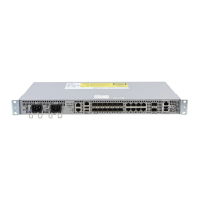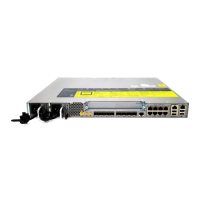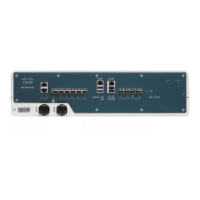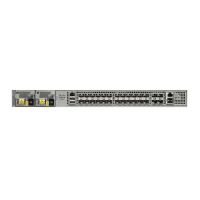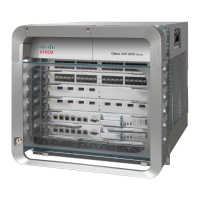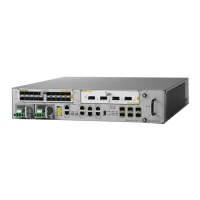CHAPTER 2
Punt Policing and Monitoring
Punt policing protects the Route Processor (RP) from having to process noncritical traffic, which increases
the CPU bandwidth available to critical traffic. Traffic is placed into different CPU queues based on various
criteria. The Punt Policing and Monitoring feature allows you to police the punt rate on a per-queue basis.
•
Finding Feature Information, page 9
•
Information About Punt Policing and Monitoring, page 9
•
How to Configure Punt Policing and Monitoring, page 10
•
Configuration Examples for Punt Policing and Monitoring, page 14
•
Additional References, page 15
•
Feature Information for Punt Policing and Monitoring, page 16
Finding Feature Information
Your software release may not support all the features documented in this module. For the latest caveats and
feature information, see Bug Search Tool and the release notes for your platform and software release. To
find information about the features documented in this module, and to see a list of the releases in which each
feature is supported, see the feature information table.
Use Cisco Feature Navigator to find information about platform support and Cisco software image support.
To access Cisco Feature Navigator, go to www.cisco.com/go/cfn. An account on Cisco.com is not required.
Information About Punt Policing and Monitoring
Overview of Punt Policing and Monitoring
Packets received on an interface are punted to the Router Processor (RP) for various reasons. Some examples
of these various reasons include, unicast and multicast control plane traffic that are destined for a routing
protocol process running on the RP, and IP packets that generate Internet Control Message Protocol (ICMP)
exceptions such as a Time to live (TTL) expiration. The RP has a limited capacity to process the punted
QoS: Policing and Shaping Configuration Guide (Cisco ASR 920 Series)
9
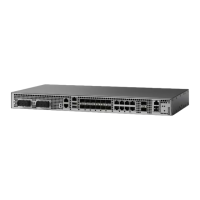
